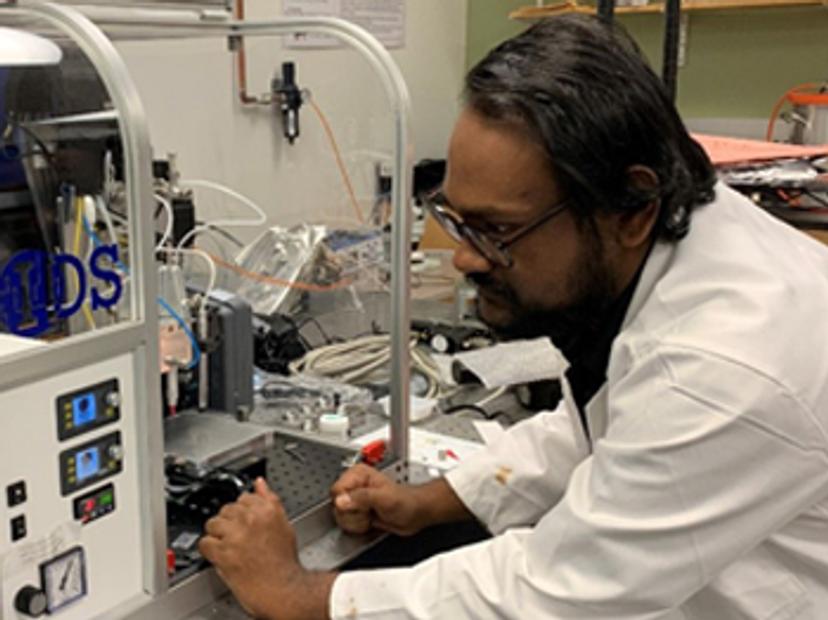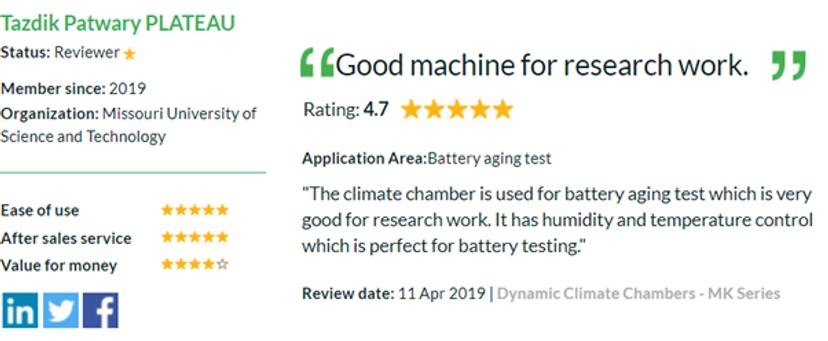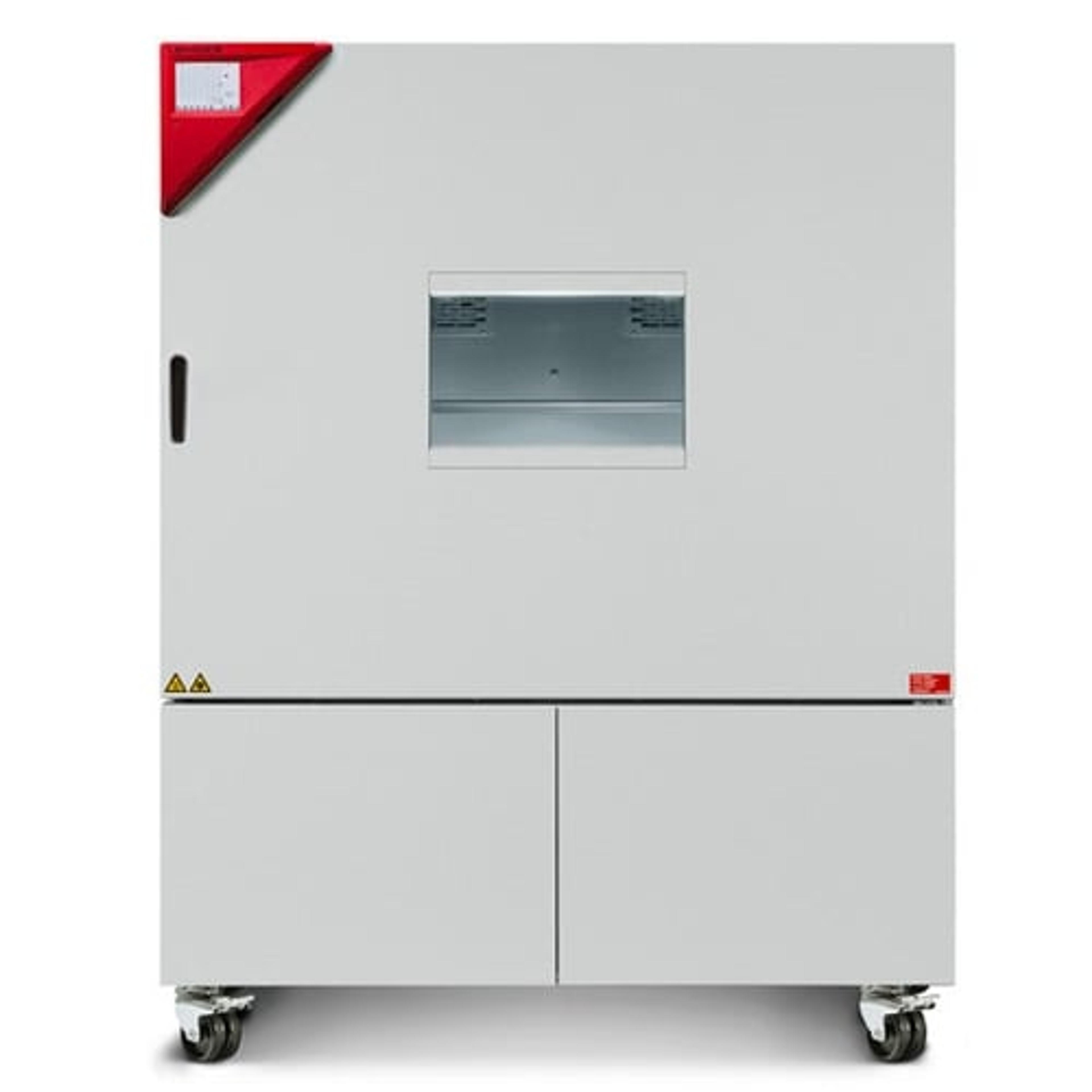‘With clear communication you can convey the magic of science’
Tazdik Patwary Plateau reveals how lab product reviews help him exchange knowledge with other scientists
9 Feb 2022

Tazdik Patwary Plateau, Ph.D. student at Missouri University of Science and Technology
Lab product reviews can change the world by helping other scientists find the best equipment to accelerate their vital work. Here at SelectScience®, we are dedicated to promoting peer-to-peer communication that will make the difference - but we couldn't do it without our esteemed reviewers. In this regular feature, we put the spotlight on some of our most dedicated and impactful reviewers and find out what inspires them to keep sharing their knowledge with the global scientific community.
This week’s Reviewer in the Spotlight is Tazdik Patwary Plateau, a Ph.D. student at Missouri University of Science and Technology. Tazdik’s research involves the development of new battery materials for improved energy harvesting and storage. Here, he discusses why clear science communication is important in informing the general public and how lab product reviews help him to keep up with the latest trends in his field of research.
Tell us a little bit about yourself
Currently, I am working on developing unique nano- and micro-level materials using different manufacturing techniques. I specialize in additive manufacturing, including electro-hydrodynamic jet printing, near-field electrospinning, electro-spraying, localized electrodeposition, selective laser melting, and binder jet printing.

What is your current area of research?
I have been working on several projects for the National Science Foundation and the Department of Energy. Mostly, I have been working on high-temperature sintering, carbonization processes for developing carbon nanofibers, CVD for making graphene, and heat treatment for crystallization and recrystallization of lithium-ion battery materials. These materials are the future anode of lithium-ion batteries. Along with my interest in battery materials, I also have an interest in the structural aspects of making micro-level electrodes of lithium-ion batteries and flow batteries.
Another important aspect of my research is energy harvesting and I have some experience in fabricating thin-film solar cells and perovskite solar cells where electrodeposition, spin coating, and thermal evaporation techniques are highly used. One of my principal innovations is the synthesis of a conductive polymer by utilization of oxidative polymerization techniques where it is possible to make controlled complex three-dimensional geometric flexible structures with a very highly conductive polymer PEDOT.
What inspired you to become a scientist?
My parents inspired me to become a scientist; both are involved in studying and teaching physics. It was always fun for me trying to understand how science and engineering could be applied in real life. In research, I can make something that will have a positive impact on the future of human life. I enjoy how you can find solutions to problems by understanding theories and if you cannot find a theory, you can create a hypothesis and establish the actual solution yourself. The feeling you get having solved a scientific problem is why I am now a scientist.
What do you think we can learn about the essential need for clear science communication post pandemic?
Researchers .and scientists need clear communication so they can share their thoughts and knowledge. This helps people expand their knowledge of science and technology. Non-scientists tend to think researchers are doing complicated things that they couldn’t understand but with clear communication you can convey the magic of science to the general public.
I love to write reviews because it helps other scientists working in my field of research
Why do you read and write lab product reviews?
I work in a research lab where we are doing high-quality research and so we need to use very good quality products. Therefore, before buying a product I always read reviews from other scientists from the same field. I also love to write reviews because it helps other scientists working in my field of research.
What is the most innovative piece of lab equipment you use?
I have developed a unique type of process for my research and to do that I need to make my equipment most of the time by upgrading or making the machines from scratch. The most innovative lab equipment developed and used by myself, is the additive layer-by-layer manufacturing printer including oxidative polymerization which I used to develop a controlled structure of a conductive polymer.
What are some of your favorite lab products?
Polydimethylsiloxane (PDMS) – non-polar SPME Fibres by Sigma-Aldrich and Dynamic Climate Chambers from BINDER. Though I am using a lot of lab products, these are two of the ones I use daily.

What are your future goals as a scientist?
I would love to continue to expand my knowledge and share this with others. My future goal is to contribute to the field of research with new innovative techniques by applying my understanding of the theories that underline my work.
Would you like to feature in our Reviewer Spotlight? Write your review here to be in with a chance >>


